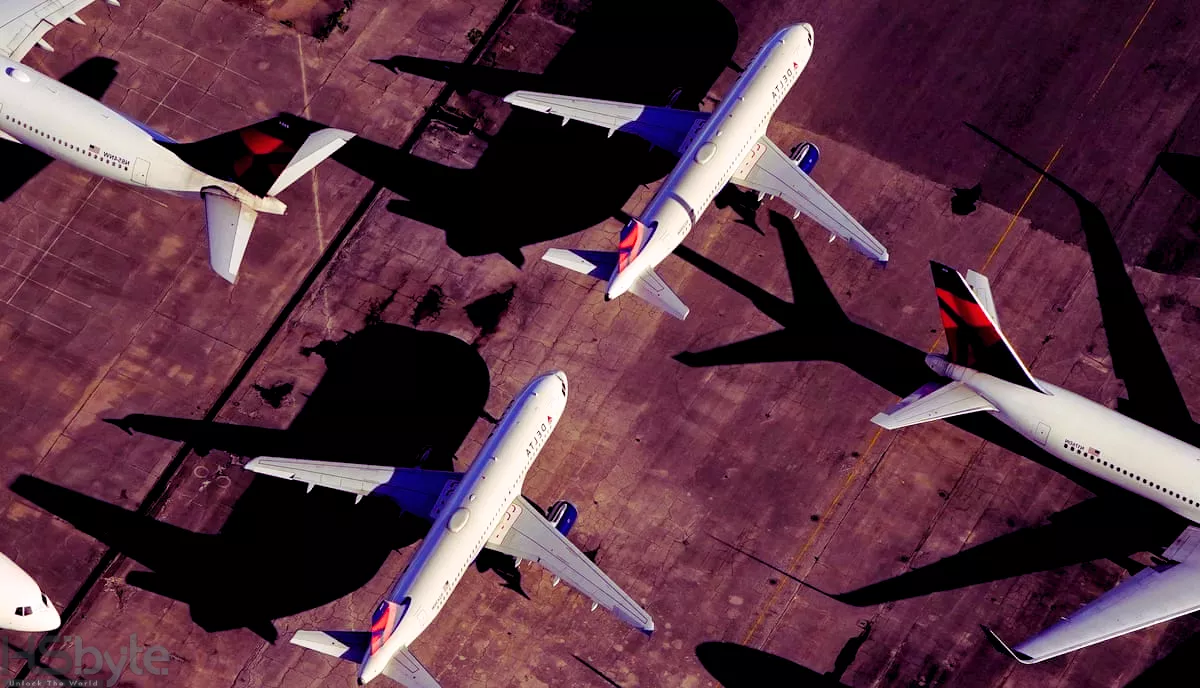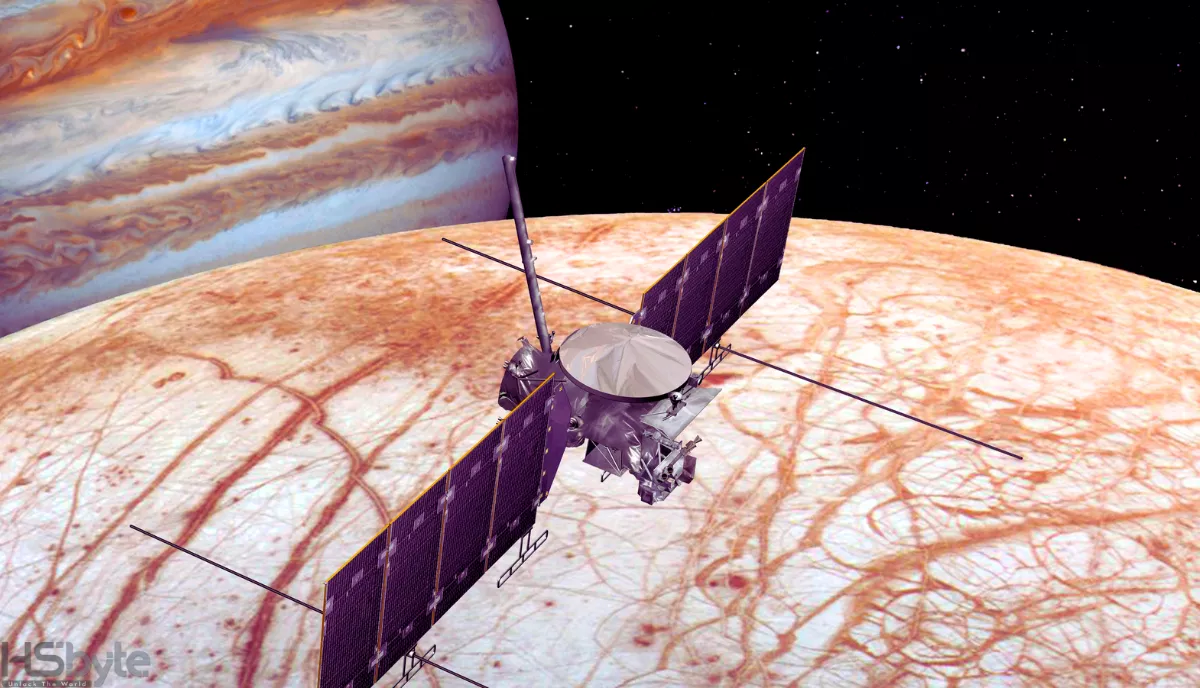
- Category: Innovation

- Share
Gate Allocation Technology: How Quantum Computing is Revolutionizing Airport Management
Next time you’re rushing to catch a flight, consider the complexities of gate allocation that airport staff handle behind the scenes. Gate allocation is a surprisingly intricate process that impacts your travel experience more than you realize.
Gate allocation involves numerous variables. With just 15 gates and 10 aircraft, there are over 570 billion possible scenarios, according to Dr. Joseph Doetsch, the quantum computing lead at Lufthansa Industry Solutions. Choosing the most efficient gate is crucial for minimizing taxi times, reducing congestion, and enhancing fuel efficiency, ultimately cutting down carbon emissions.
Typically, gate assignments are determined when flight schedules are released, up to a year in advance, and are then adjusted closer to the flight date. A month, a week, and even on the day of the flight, gates are reassigned as conditions change.
Complexity Behind Gate Allocation
A multitude of factors come into play when determining the best gate for each aircraft. Preferred gates for airlines near their lounges, flights with high numbers of connecting passengers, remote stands for budget carriers, and gate proximity to reduce transfer times are all considerations that add to the complexity.
Additional factors like the aircraft type, expected runway assignment, staffing levels, customer and baggage connections, and scheduled tarmac moves are also taken into account. Unexpected flight delays further complicate this decision-making process, leading to last-minute gate changes, increased wait times, and potential disruptions for travelers.
The Need for Technological Solutions
Despite the complexity, many airports still rely on basic technology for gate allocation. According to a survey by AeroCloud, 40% of senior airport executives report using spreadsheets to manage airport operations, including gate management.
However, serious investments are being made in advanced solutions. American Airlines, for example, introduced Smart Gating at Dallas Fort Worth International Airport. By using machine learning, the system allocates arriving aircraft to the nearest available gate, minimizing taxi time. This shift has resulted in a 20% reduction in taxi times and has saved approximately 1.4 million gallons of jet fuel each year.
Machine learning, a branch of artificial intelligence, uses data to learn and improve results. In this instance, real-time flight information helps to optimize gate assignments, cutting down delays and reducing fuel consumption.
Quantum Computing: A Game Changer
Lufthansa Industry Solutions is planning to take gate allocation a step further by leveraging quantum computing. Quantum computing harnesses the power of qubits to solve certain problems significantly faster than conventional computers. Although quantum computing is still in its early stages, it has shown promise for optimizing complex processes, such as gate allocation.
Dr. Doetsch believes that quantum algorithms will be able to assign gates optimally, even in large airports, while dynamically responding to changing conditions. Lufthansa is currently experimenting with different quantum computing systems and running simulations to gauge their effectiveness. Early trials have shown that optimized solutions could reduce passenger transit times by nearly 50%, compared to current real-world data.
With increasing demand for air travel, airport capacity is a pressing issue. Even with a desire to add new carriers and destinations, physical expansion may not always be possible. Mr. George Richardson, co-founder of airport management firm AeroCloud, highlights that the use of advanced gate allocation technologies can help maximize existing resources, reducing the need for expansion.
By incorporating quantum computing, machine learning, and modern airport management software, airports have the opportunity to significantly improve operational efficiency. Efficient gate allocation technology is a key factor in reducing congestion, improving passenger experiences, and ultimately creating a more sustainable future for aviation.
You May Also Like


Starship Rocket Test Success: SpaceX’s Historic Feat

Europa Clipper Mission Launch: NASA’s Bold Hunt for Alien Life

Gate Allocation Technology: Quantum Computing Revolution

Telegram User Data Change: What It Means for You

Will the US Presidential Election Shape the Future of Crypto?
Latest Update

Zelensky Biden Meeting Ignites Republican Outrage Amid Aid Talks

Wuthering Heights Film Casting: Controversy Sparks Debate

Will the US Presidential Election Shape the Future of Crypto?

War with Russia: Zelensky Sees Hope for Peace

Unpacking the ‘Dark Arts’ in Manchester City vs Arsenal Showdown

UNIFIL Post Breached: Israeli Tanks Escalate Tensions

Trump Demands Hamas Disarm Amid Brutal Gaza Crackdown

